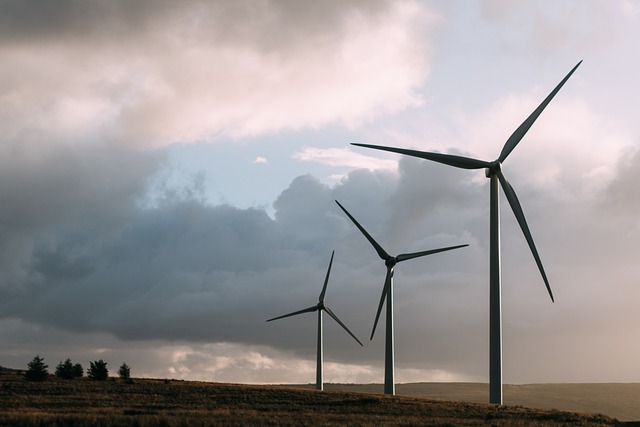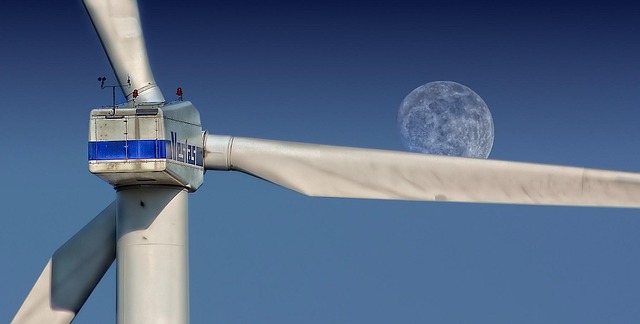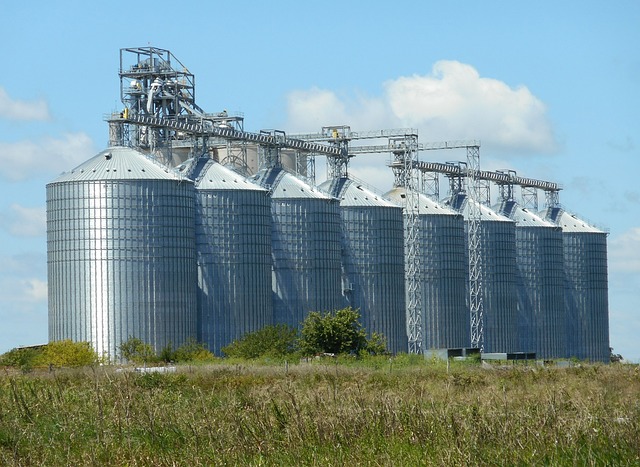Harnessing Tomorrow: The Future of Energy Storage Solutions
In the rapidly evolving landscape of energy consumption and management, energy storage solutions have emerged as pivotal players in ensuring efficiency, sustainability, and reliability. As global demand for energy surges, driven by technological advancements and population growth, the need for robust storage mechanisms has never been more pressing. This article delves into the future of energy storage solutions, exploring emerging technologies, current trends, challenges, and potential impacts on our world.
The Importance of Energy Storage
Energy storage serves as a critical bridge between energy supply and consumption. Traditional power systems, primarily reliant on fossil fuels, often face challenges like intermittency and inefficiency. As we integrate renewable energy sources such as solar and wind power, which produce energy in an unpredictable manner, energy storage systems become essential for balancing supply and demand.
Energy storage solutions enhance grid resilience, facilitate renewable energy integration, and provide backup power during outages. They enable consumers to harness energy during low-demand periods and use it during peak hours, thereby optimizing energy costs and reducing reliance on fossil fuels.
Current Energy Storage Technologies
Several energy storage technologies are currently being utilized, each with its own advantages and limitations. Understanding these technologies provides a backdrop for future developments.
Battery Storage
Among the most recognized energy storage solutions are batteries, particularly lithium-ion batteries. These have become the standard for electric vehicles and renewable energy storage due to their high energy density, efficiency, and decreasing costs. However, challenges remain regarding their lifespan, recycling, and environmental impact.
Pumped Hydro Storage
Pumped hydro storage is one of the oldest and most effective large-scale energy storage mechanisms. It involves pumping water to a higher elevation during periods of low energy demand and releasing it to generate electricity during peak demand. While effective, its geographic limitations and high initial setup costs can be deterrents.
Flywheel Energy Storage
Flywheels store energy in the form of kinetic energy. They spin at high speeds and release energy when needed. Flywheels are known for their durability and rapid response times, making them suitable for frequency regulation and short-duration storage applications. However, their energy storage capacity is generally lower than that of other technologies.
Thermal Energy Storage
This technology involves storing thermal energy for use at a later time. It can take various forms, such as molten salt storage in concentrated solar power plants. Thermal storage is particularly advantageous for balancing energy production with demand, especially in renewable energy systems.
Emerging Technologies in Energy Storage
As the demand for energy storage grows, so does the quest for innovative solutions. Several emerging technologies hold promise for revolutionizing the energy storage landscape.
Solid-State Batteries
Solid-state batteries utilize a solid electrolyte instead of a liquid one, offering higher energy densities, improved safety, and faster charging times. With potential applications ranging from electric vehicles to grid storage, solid-state technology could significantly outperform traditional lithium-ion batteries, with several companies and research institutions racing to commercialize this technology.
Flow Batteries
Flow batteries use liquid electrolyte solutions that flow through a cell, allowing for scalable energy storage. This technology can be cycled more often than traditional batteries and can be easily scaled up for larger applications. Their long life cycle and lower environmental impact position flow batteries as a promising option for grid-scale storage.
Hydrogen Storage
Hydrogen storage is gaining traction as a versatile energy carrier. When generated through renewable means, hydrogen can serve as a clean fuel source for power generation, transportation, and industrial applications. Various techniques, including electrolysis, allow the conversion of electricity into hydrogen, and when needed, it can be converted back into electricity with minimal emissions.
Metal-Air Batteries
Metal-air batteries, particularly lithium-air and zinc-air batteries, have garnered significant interest due to their potential for ultra-high energy densities. They rely on metals and oxygen from the air for electrochemical reactions. If commercialized successfully, these batteries could provide longer-lasting energy storage solutions at lower costs.
Challenges Facing Energy Storage Solutions
Despite the promise of energy storage technologies, several challenges impede their widespread adoption. These challenges need to be addressed to facilitate the transition toward clean energy solutions.
Cost and Investment
While costs for many storage technologies have decreased, the initial investment required for implementation remains high. Ongoing research and development are essential to enhance the efficiency and decrease the costs of new technologies.
Material Supply and Environmental Impact
The extraction and processing of materials used in batteries and other storage solutions can have significant environmental impacts. The sustainability of supply chains is crucial as demand for these materials increases. Innovations in recycling technologies and sourcing practices can mitigate these concerns.
Integration with Existing Infrastructure
Integrating new energy storage solutions with existing energy grids and infrastructure can pose technical and logistical challenges. Upgrades to grid systems must accompany the rise of new technologies to accommodate increased storage capacity and flexibility.
Future Trends in Energy Storage
The future of energy storage is promising. Several trends are shaping the direction of innovations and applications.
Decentralization of Energy Systems
The shift towards decentralized energy systems is expected to accelerate, with more consumers generating and storing their own energy. This trend increases the demand for residential energy storage systems like home batteries, empowering individuals to become prosumers and enhancing energy independence.
Artificial Intelligence and Smart Technologies
Advancements in artificial intelligence and machine learning technologies are becoming increasingly intertwined with energy storage solutions. Smart algorithms can optimize energy storage systems, predicting energy use patterns and improving efficiency. This integration can lead to enhanced grid management, reduced operational costs, and improved reliability.
Policy and Regulation Frameworks
Government policies and regulatory frameworks will play a crucial role in shaping the future of energy storage technologies. Supportive policies that encourage research, development, and deployment of clean energy and storage solutions can catalyze widespread adoption. Tax incentives, grants, and subsidies are potential mechanisms to drive investment in the sector.
Conclusion
The future of energy storage solutions promises a transformative shift in how we generate, manage, and consume energy. By leveraging emerging technologies, addressing existing challenges, and fostering innovation, we can build a sustainable, resilient energy future that meets the needs of our growing population while minimizing environmental impact. As we harness tomorrow’s energy storage capabilities, we take crucial steps toward a cleaner, more efficient world.
In a society increasingly reliant on digital connectivity and electric mobility, the path forward remains illuminated by the advances we make in energy storage. The convergence of technology, environmental responsibility, and market demand will shape a new era of energy solutions, creating opportunities that we are only beginning to realize.










